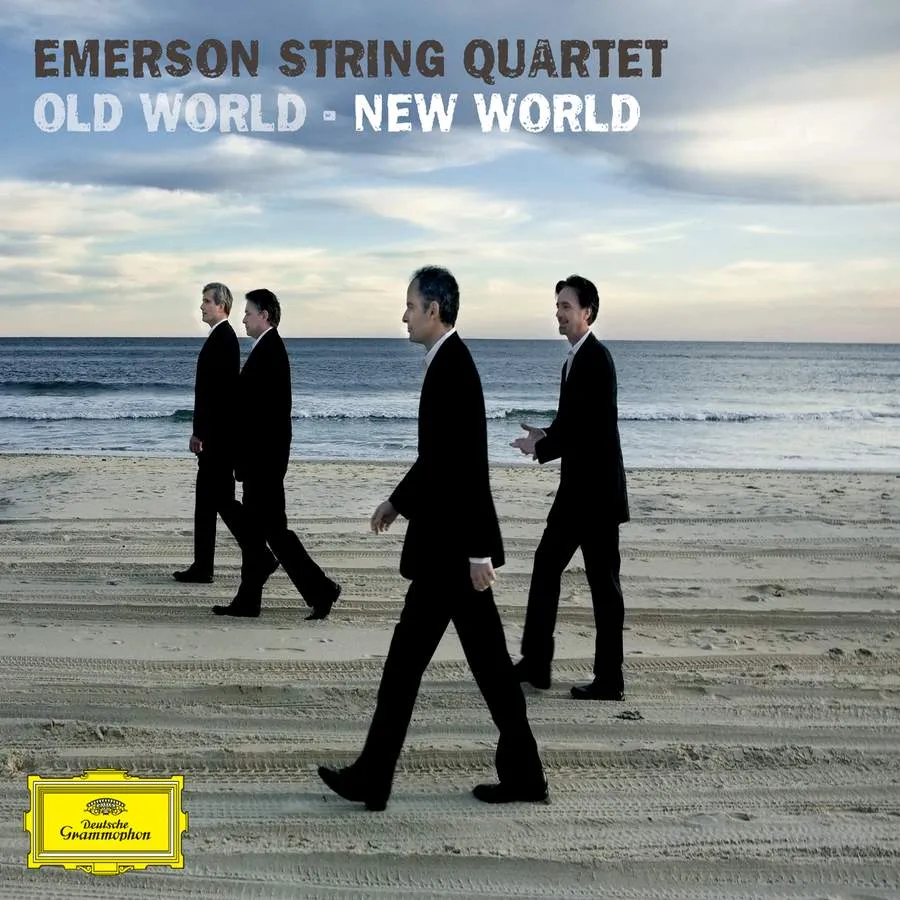
COMPOSERS: Dvorak LABELS: DG WORKS: String Quartets: No. 10 in E flat; No. 11 in C; No. 13 in G; No. 14 in A flat; String Quintet in E flat (American); Cypresses PERFORMER: Emerson Quartet CATALOGUE NO: DG 477 8765
Apart from his last operatic phase, chamber music and the string quartet in particular is the most trustworthy barometer of Dvoπák’s changes in style. String quartets plot the major developments in style of the 1870s, from experimentalism to the greater-quality Classicism of his early maturity; they reappear during his American stay and follow him back to Bohemia in 1895 with two final masterpieces.
The Emersons offer the Slavonic E flat quartet from 1879, the more evidently Classical C major, the American Quintet, the great last two quartets and arrangements of 12 songs from the 1865 Cypresses collection.
The Emersons have thought very deeply about this repertoire and their affection and profound experience of this music is evident everywhere. While not every reading is ideal, these are interpretations that demand to be heard with their striking attention to detail.
The three performances which go straight to the top of my list are those of the stately C major Quartet, the near-perfect A flat major and the Cypresses arrangements. These attractive miniatures are treated with great seriousness and, appropriately, an almost vocal engagement.
The Emerson Quartet find a rich Romantic vein in the occasionally austere C major Quartet, and they respond with consumate skill to the volatile lyricism of the A flat major.
There are quibbles concerning the remaining works: the first movement of the E flat major is a little matter of fact; the opening viola solo of the Quintet lacks energy and the development of its first movement is rather effortful; though beautifully played, the first movement of the great G major Quartet is a little lightweight and the magnificent slow movement is slightly lacking in depth. Still, there is much to marvel at in these treasurable performances. Jan Smaczny